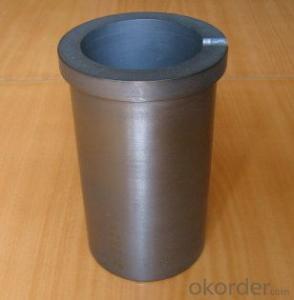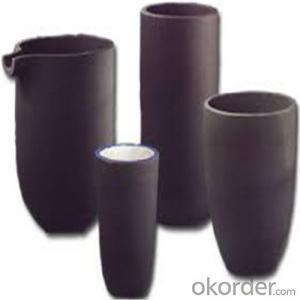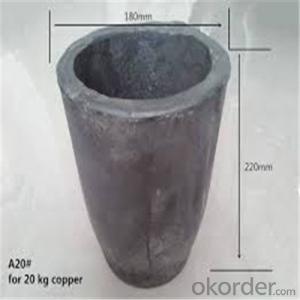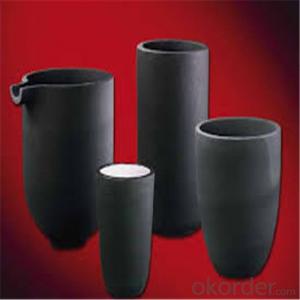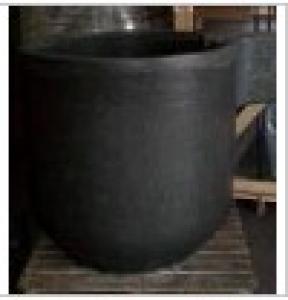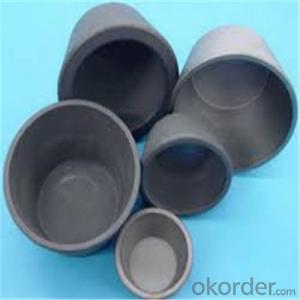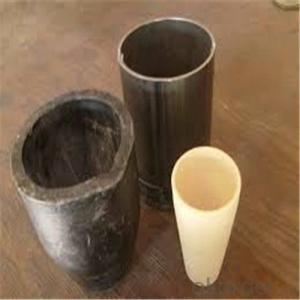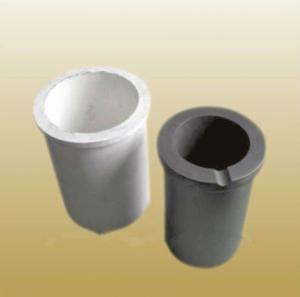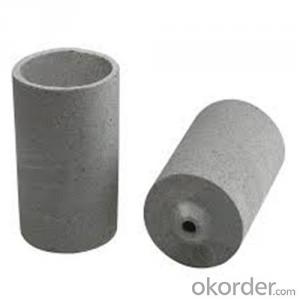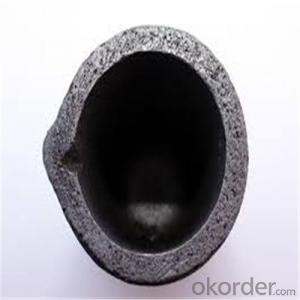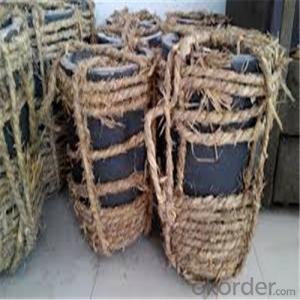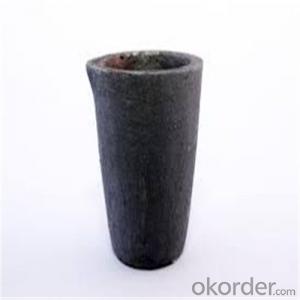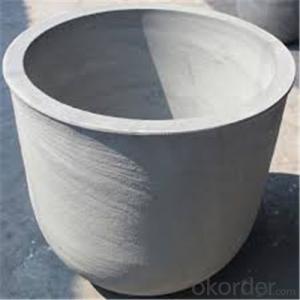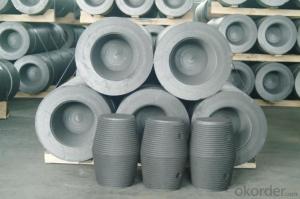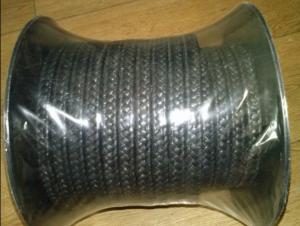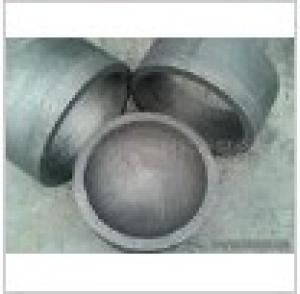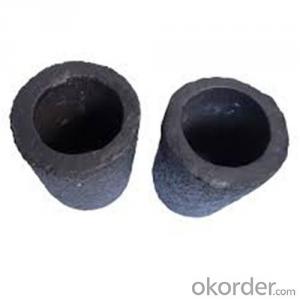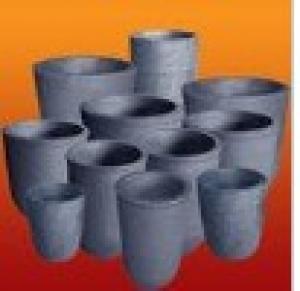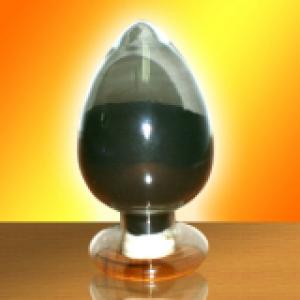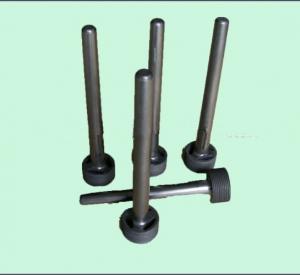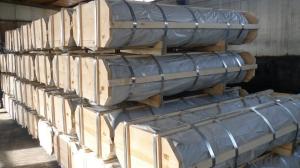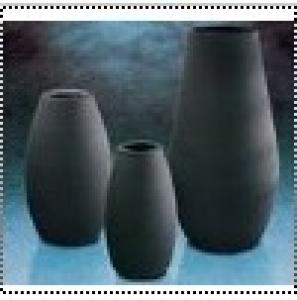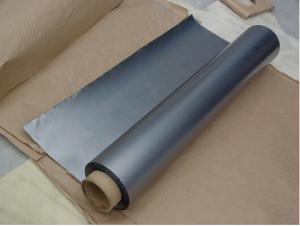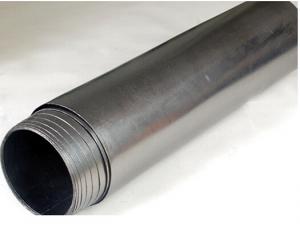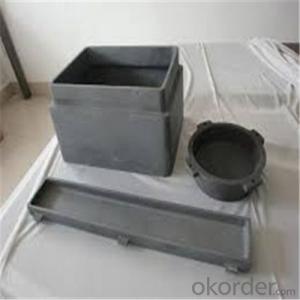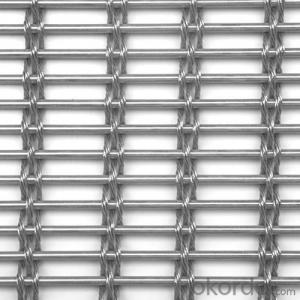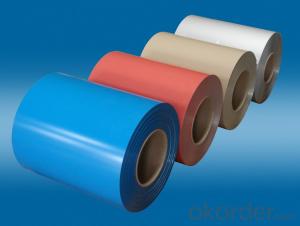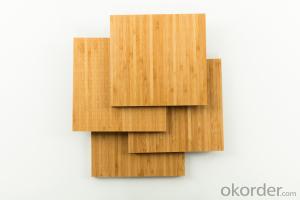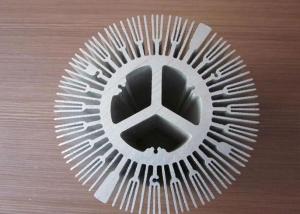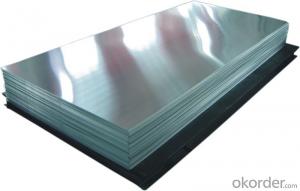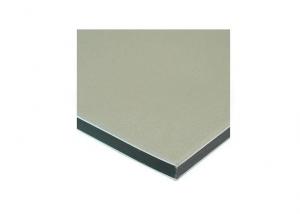Graphite Crucible For Melting Aluminium
Graphite Crucible For Melting Aluminium Related Searches
Chemical Property Of Graphite Lead Graphite Graphite In Cast Iron Graphite Corrosion Resistance Aluminum Grate Mesh Compacted Graphite Iron Aluminium Coating Painting Aluminum Plate Drilling Through Aluminum Plate Aluminum Heater Plate Aluminum Grid Plate Forming Aluminum Plate Drilling Aluminum Plate Aluminum Grill Plate Graphite Colloidal Painting Aluminum Diamond Plate Aluminium Curtain Wall Drill Bit For Aluminum Plate Carbon Graphite Block Aluminum Flat Plate Etching On Aluminum Plate Cooking Aluminium Circle Aluminum Cavitation Plate Carbon Graphite Electrode Aluminum Cooling Plate Chrome Plate Aluminum Aluminum Thawing Plate Cold Forming Aluminum Aluminum Facade Cladding Aluminum Cooking PlateGraphite Crucible For Melting Aluminium Supplier & Manufacturer from China
Graphite Crucible For Melting Aluminium is a high-performance product designed for the melting and casting of aluminum and its alloys. These crucibles are made from high-quality graphite material, which offers excellent thermal conductivity and resistance to high temperatures, making them ideal for various industrial applications. The crucibles are designed to withstand the rigors of metal melting, ensuring a safe and efficient process.The Graphite Crucible For Melting Aluminium is widely used in industries such as foundries, jewelry making, and metal casting workshops. It is particularly suitable for small-scale melting operations where precision and control are essential. These crucibles provide a cost-effective solution for melting aluminum, as they are reusable and have a long service life when handled and maintained properly. They are also appreciated for their ability to retain heat, which results in energy savings during the melting process.
Okorder.com is a reputable wholesale supplier of Graphite Crucible For Melting Aluminium, offering a vast inventory of these high-quality products. The company prides itself on providing customers with reliable and efficient service, ensuring that their needs are met promptly and effectively. With a commitment to quality and customer satisfaction, Okorder.com is the go-to source for Graphite Crucible For Melting Aluminium and other related products in the industry.
Hot Products
